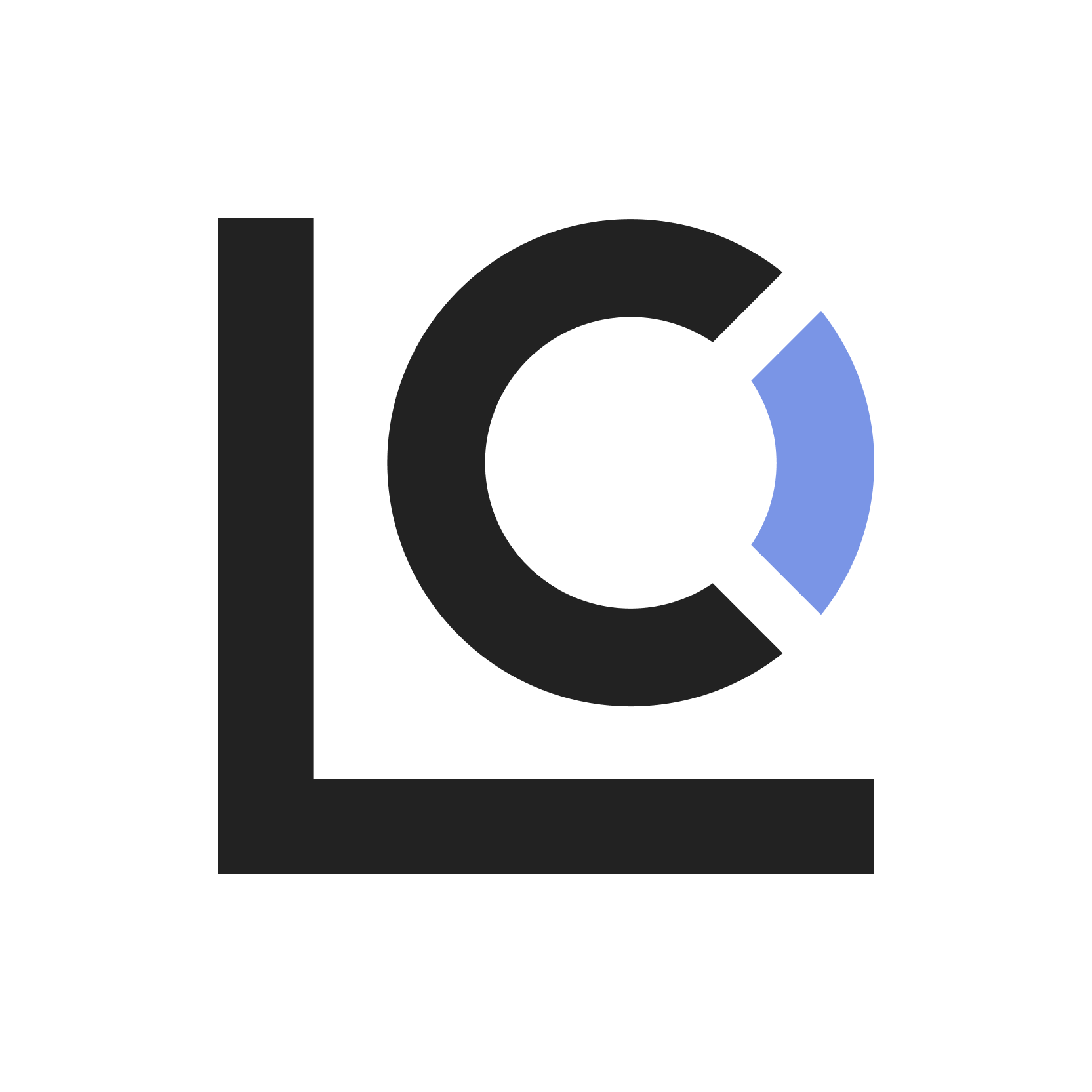The most fundamental part of social media marketing is choosing the the right platforms to distribute your content.
Each social media platform serves a different demographic and has their own strengths and weaknesses.
This post will help you choose the right platforms by outlining some of the most common social apps on the market today:
As the most used social media app in the world, Facebook currently serves 2.9 billion monthly active users across the globe.
These users span different age and gender demographics as well as countries across every continent.
The Facebook platform is the jack of all trades of social media, serving all media formats along with features like stories, direct messaging, wall posts and community building through pages and groups.
Given the wide user base and demographic, Facebook is a must for most social media marketing strategies, especially if you plan to advertise through Meta Ads — the most popular social media advertising platform available.
| Strengths | Weaknesses |
| Jack-of-all trades; has features from almost every other social app Images, videos, text Pages and Groups Meta Ads Wide demographic; 2.9 billion monthly active users | Too many features Difficult to navigate Requires physical ID to create a new account |
Instagram, another Meta platform, boasts 2 billion monthly active users, with the most active users aged 18-24. This makes Instagram the second most-used social media app in the world, and a great platform to reach Millenials and older Gen Zs.
Note that the number of monthly active users is inflated, because Instagram users are able to manage and create multiple accounts at the same time (whereas Facebook requires unique identity verification per account).
Like Facebook, Instagram has features like stories and direct messaging, but its content is more focused on static/carousel images and Reels — their equivalent of TikTok videos.
Instagram is therefore a social app with visually-focused content, although the introduction of Threads mirrors Twitter/X’s short-form text.
With Meta Ads, you can also promote yourself on Instagram and Facebook at the same time!
| Strengths | Weaknesses |
| Reels (short videos) and Images Target Millenials and Gen Z Meta Ads Lots of monthly users | Adding too many features; becoming a second Facebook Algorithm changes often Requires consistent content creation to grow |
Pinterest is a mix of Instagram and Tumblr, only better.
It’s a highly underrated platform that people often use for sharing inspiration, knowledge, and art.
Interestingly 76% of Pinterest users are female, so it’s also the perfect app for brands to engage their female audience, even though there are fewer monthly active users (498 million).
Finally, compared to Meta Ads, Pinterests’ advertising platform is less competitive and more affordable.
| Strengths | Weaknesses |
| Image-focused content Target female audience Great organic reach Pinterest Ads | Small male demographic Fewer monthly active users compared to other social media platforms |
TikTok
The original video-scrolling social media platform that Instagram Reels and YouTube Shorts took inspiration from.
Unlike Reels, which is commonly used for memes and edgier content, TikTok is better suited for talking heads — videos that feature actual people.
As the most used search engine by Gen Z, this also is the perfect platform for marketers to engage younger audiences, although there’s a looming chance that it’ll be banned across North America for political reasons.
| Strengths | Weaknesses |
| Video-focused content Great for information, education, talking heads, trends, news Top search engine for Gen Z | Potential ban on TikTok in North America Not often used by those aged 40+ |
Twitter/X
X, formerly known as Twitter, is a social media network where users broadcast short posts to their followers.
Posts are primarily text-based, and the platform excels at quick, real-time updates from your favourite brands, news outlets, or internet personalities.
Posts on X are fact-checked by other users through community notes. This puts pressure on X users to share reliable information, which is crucial in today’s digital age.
| Strengths | Weaknesses |
| Primarily short, text-based posts Ideal for sharing information, news, brand updates Community notes is a reliable fact-checking feature | Some features require payment, like account verification or Grok AI |
If you’re in B2B, sales or anything that requires networking, you need to be on LinkedIn; it’s like Facebook but with a resume.
People hate when you self-promote on social media, but LinkedIn is the one place where blatant self-promotion is the norm.
If social media is where you engage the human side of your brand, then LinkedIn is where you show off the professional side.
With all that said, it’s more of a professional network than a social network.
| Strengths | Weaknesses |
| B2B, sales, human resources Great for prospecting Self-promotion is encouraged | Only used for work-related networking It’s LinkedIn |
Although it’s not technically a social media platform, Reddit is a great place to build a community around your brand — also known as a subreddit.
Subreddits are community pages dedicated to a topic and can be made for anything: schools, brands, industries, hobbies.
People often post questions related to a topic in its subreddit, and these posts tend to rank highly on SERPs.
That being said, Reddit is best used for organic growth. Paid advertising and cross-promotion (AKA shilling) are often met with hostility from Redditors.
| Strengths | Weaknesses |
| Community building Posts rank high on SERPs | Not good for paid advertising |
